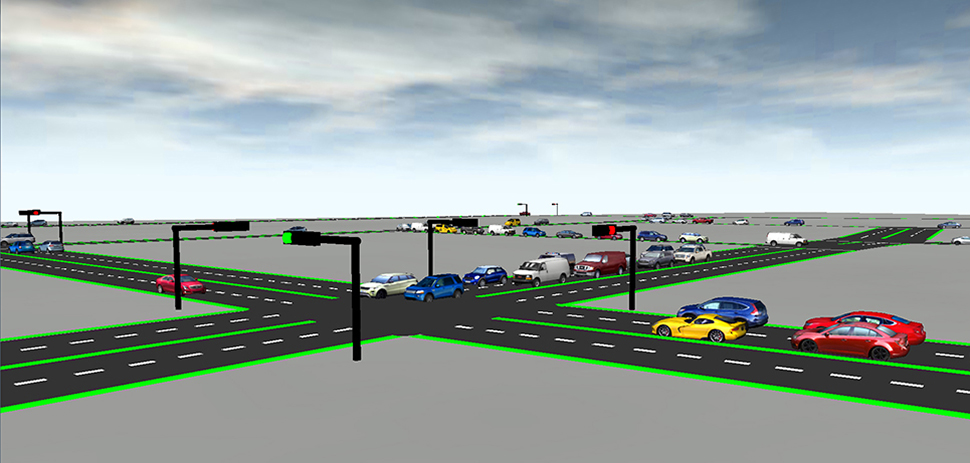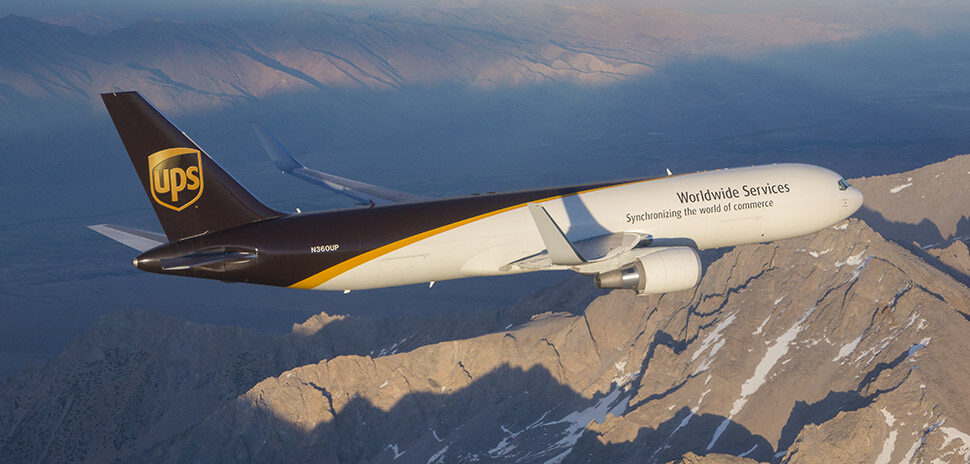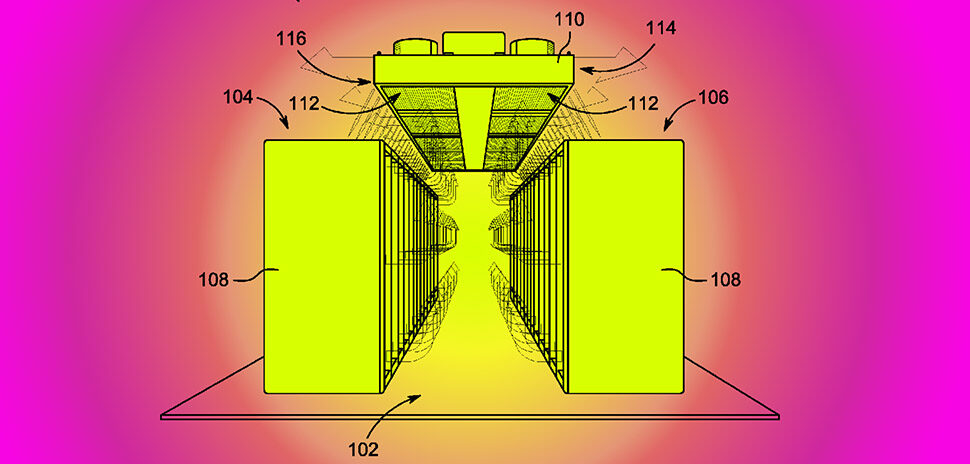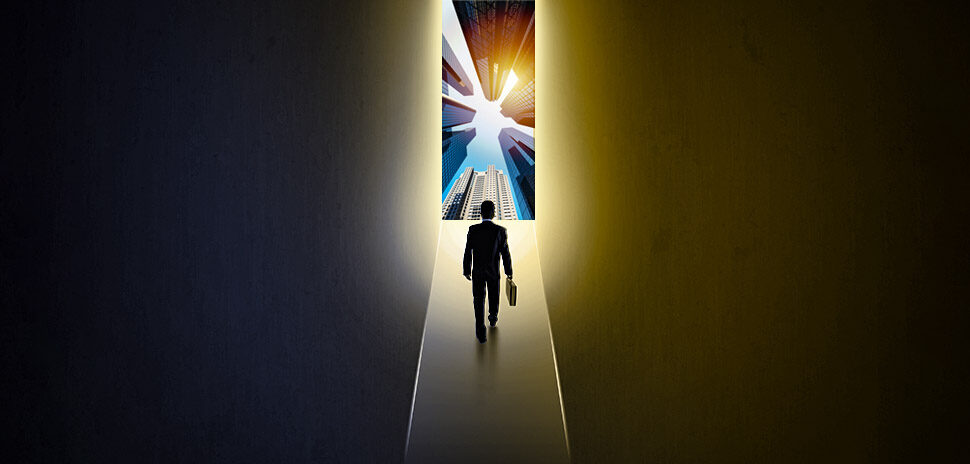![]() Anyone who has drummed their fingers at a stoplight might someday have some scientists at the University of Texas at Dallas to thank for reducing the time they spend waiting for signals to change.
Anyone who has drummed their fingers at a stoplight might someday have some scientists at the University of Texas at Dallas to thank for reducing the time they spend waiting for signals to change.
Their proposed solution: installing computers in traffic boxes at key intersections, where the devices would autonomously change stoplight cycles to better match traffic conditions. Computer simulations of intersections using UTD-written software showed an up to 5 percent decrease in stoplight wait times.
Computer simulations of intersections using UTD-written software showed an up to 5 percent decrease in stoplight wait times.
While that time savings might not sound like much, consider this: the average driver spends a year of his or her lifetime at stop lights. The 5 percent reduction could mean an additional 18 days of life doing something besides fidgeting with a radio.
Improving traffic light timing is a small part of the work being done at UTD toward eliminating gridlock and averting collisions.
METROLAB NETWORK: A NATIONWIDE EFFORT
UTD, Southern Methodist University and the University of Texas at Arlington are taking part in a nationwide effort — called MetroLab Network — to solve lingering urban problems by pairing university researchers with cities and counties seeking solutions.
Traffic lights have been around for 100 about years; often, traffic signal controls are activated by timers based on data from previous traffic patterns. More advanced traffic controllers use other technology, like sensors that actuate timers, to help improve traffic flow. The UTD research is groundbreaking because it explores using individual computers at traffic light controls that employ algorithms to adjust traffic light timing to match current conditions.
VIRTUAL SIMULATIONS IN DALLAS’ WEST END
Though the one-year project at UTD was limited to virtual simulations in Downtown Dallas’ West End, it could find practical application with additional development.
UTD’s research was conducted by university professors Nicholas Gans and Rym Zalila-Wenkstern, and their doctoral student colleagues. Gans is in the university’s Department of Electrical Engineering, and Zalila-Wenkstern is in UTD’s Department of Computer Science.
Generally, UTD’s MetroLab research focused on making traffic control devices (often inside silver boxes near intersections) “smarter” by collecting data from existing traffic sensors and using that information to improve traffic signal timing. Key in this process are algorithms written by Gans and doctoral students Saurav Kumar, which could be installed as software into credit card-sized computers. Those computers — which include PandaBoard, Raspberry Pi, the Intel Galileo Gen 2 — can be plugged into traffic control devices, allowing them to autonomously sync traffic lights to improve traffic flow, without relying upon a centralized computer system.
UTD’s progress has impressed Richardson, traffic engineer Robert Saylor, who is collaborating with Gans, Zalila-Wenkstern, and others on the UTD team.
“They’ve gotten very far on this,” said Saylor, who oversees the operation, installation, and maintenance of traffic signals for the City of Richardson. “I had to catch them up on how traffic lights work. I brought them up to speed on that and put them in contact with the manufacturer of our new controllers, and the team is working with them.”
The cities of Dallas, Fort Worth and Irving have purchased and are installing about 3,000 advanced traffic control devices with plug-in ready USB ports.
DEVICE DEPLOYMENT IN DFW
Turns out that while researchers at UTD were independently developing advanced traffic simulators and writing algorithms, the cities of Dallas, Fort Worth, Irving and Richardson banded together to approach traffic-control manufacturers with a special request: Make these devices more advanced, and make them capable of advancing further by connecting with other devices (like Raspberry Pi’s).
“We got controller manufacturers to develop controllers with advanced capabilities, which include the capability of plugging a Raspberry Pi into it,” Saylor said. “Certainly, there is going to be some work to get the controller to talk to their [UTD’s] software. But the capability is there.”
ADVANCED TRAFFIC CONTROL DEVICES, PLUG-IN READY
The cities of Dallas, Fort Worth, and Irving have purchased and are installing about 3,000 advanced traffic control devices with plug-in ready USB ports.
Saylor estimates that the devices could be deployed in one to two years at five intersections near the UTD campus, along a two-mile span of Waterview Parkway, from W. Renner Road south to W. Campbell Road. He said the UTD-enhanced traffic control devices would have to be tested thoroughly before they hit Richardson streets.
Zalila-Wenkstern, who spent several years developing the traffic simulator used by UTD in their experiments, foresees a day when “smart” intersections will be just part of a transportation system where vehicles, roads, and traffic signals all communicate wirelessly, to relieve congestion and improve safety. Grad student Behnam Torabi served a leading role in helping Zalila develop the simulator.
“This is not an academic exercise.This is geared toward being used in the real world.”
RYM ZALILA-WENKSTERN
“This is not an academic exercise,” said Zalila-Wenkstern, an associate professor at UTD’s Erik Jonsson School of Engineering and Computer Science. “This is geared toward being used in the real world.”
Zalila-Wenkstern has already imported Downtown Dallas’ streetscape into her traffic simulator to run various West End traffic scenarios for her UTD counterparts.
She said that aside from the practical benefit of better traffic flow, there’s a financial benefit in installing advanced computing equipment into traffic-control devices.
REDUCING TRAFFIC TIE-UPS AT NOMINAL COST
Compared to the average cost of $16,000 for synchronizing lights at a traditional intersection, the expense of plugging in a Raspberry Pi-like device would be nominal, he said. In contrast, a Raspberry Pi or similar, tiny computer can cost $40 to $100. No timeline has been set for when the devices might find their way to Dallas’ West End.
“We appreciate the chance that the West End initiative is providing us,” Gans said.
Saylor said that advances toward reducing traffic tie-ups will be essential for the Dallas Region’s quality of life.
“Projections are that we’ll see another 3.5 million people by 2040,” Saylor said. “Those people are probably going to be in cars and driving. We’ve pushed our existing systems as far as we can.”
COORDINATED EFFORTS
The MetroLab Network includes 34 cities, three counties and 44 universities, organized into 30 regional city-university partnerships. The initiative was launched by the White House in September 2015.
The Texas Research Alliance is coordinating research efforts in North Texas. The resulting technology developed in North Texas is intended to be deployed at some point in Downtown Dallas’ West End, and, perhaps, scaled regionally or nationwide.
Delivering what’s new and next in Dallas-Fort Worth innovation, every day. Get the Dallas Innovates e-newsletter.












![A NASA illustration depicts the idea of a future air taxi hovering over a municipal vertiport. [Rendering: NASA/Lillian Gipson and Kyle Jenkins]](https://s24806.pcdn.co/wp-content/uploads/2021/06/DRC-NTCOG-NASA-970-970x464.jpg)





















































